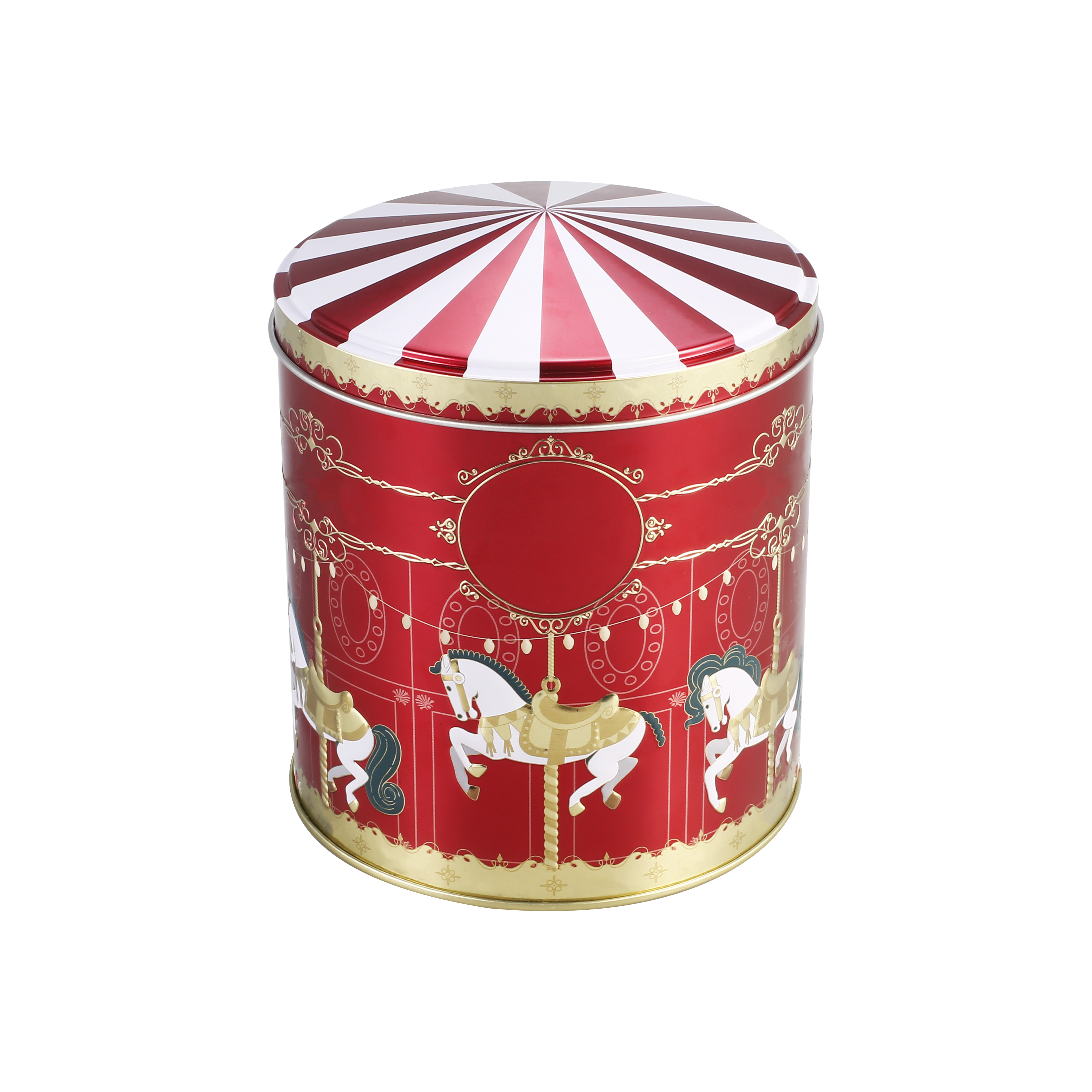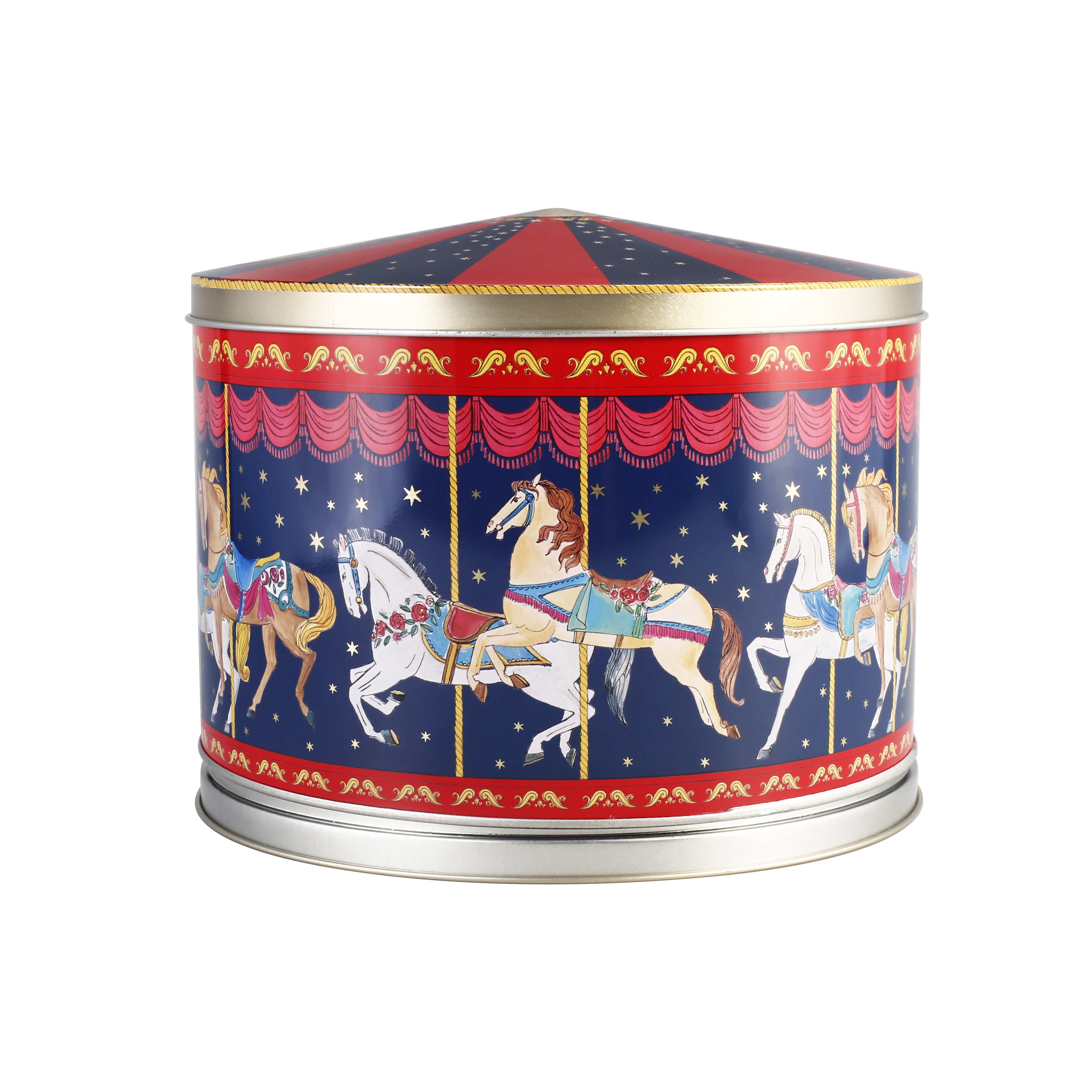In the world of packaging, particularly in the food and beverage industry, the choice of container can significantly impact both the production process and overall cost-effectiveness. Tinplate cans are a popular choice due to their durability, recyclability, and ability to preserve product quality. However, customizing the appropriate size of tinplate cans according to product capacity requirements is crucial for optimizing transportation space and minimizing costs. This article explores how to achieve the best cost-effectiveness through careful consideration of product capacity, production processes, and transportation logistics.
 Product capacity refers to the volume of product that a container can hold. When selecting tinplate cans, it is essential to align the can size with the specific volume of the product being packaged. For instance, a beverage manufacturer producing a new line of juices must determine the optimal can size that meets consumer demand while also considering production efficiency. If the can is too large, it may lead to excess product wastage; if it is too small, it may not meet market expectations.
Product capacity refers to the volume of product that a container can hold. When selecting tinplate cans, it is essential to align the can size with the specific volume of the product being packaged. For instance, a beverage manufacturer producing a new line of juices must determine the optimal can size that meets consumer demand while also considering production efficiency. If the can is too large, it may lead to excess product wastage; if it is too small, it may not meet market expectations.
The production process of tinplate cans involves several stages, including material selection, can shaping, and printing. Each of these stages can be influenced by the size of the can. For example, larger cans may require more raw materials, which can increase production costs. Additionally, the machinery used in the production process may have limitations on the sizes of cans that can be produced efficiently. Therefore, it is vital to customize can sizes that not only meet product capacity requirements but also align with the capabilities of the production process.
Transportation is another critical factor in the cost-effectiveness of tinplate cans. The size and shape of the cans directly affect how many units can be transported in a single shipment. By customizing can sizes to maximize the use of available transportation space, companies can reduce shipping costs and improve their overall supply chain efficiency. For instance, if a manufacturer produces cans that are too large, they may not be able to fit as many units on a pallet, leading to higher transportation costs per unit. Conversely, smaller cans may allow for more efficient stacking and packing, ultimately reducing shipping expenses.
To achieve the best cost-effectiveness, companies must strike a balance between product capacity, production processes, and transportation logistics. Here are some strategies to consider:
1. Conduct Market Research: Understanding consumer preferences and market trends can help determine the ideal can size that meets product capacity requirements without excess waste.
2. Collaborate with Suppliers: Working closely with tinplate suppliers can provide insights into the most efficient can sizes for production, as well as potential cost savings on materials.
3. Utilize Technology: Employing advanced software for inventory management and logistics can help optimize can sizes based on real-time data, ensuring that production and transportation are as efficient as possible.
4. Test and Iterate: Before finalizing can sizes, conducting trials with different dimensions can provide valuable feedback on consumer acceptance and operational efficiency.
5. Evaluate Total Cost of Ownership: Consider not just the initial costs of can production but also the long-term savings from reduced waste, lower transportation costs, and improved shelf life of products.
 In conclusion, customizing the appropriate size of tinplate cans according to product capacity requirements is essential for achieving the best cost-effectiveness. By carefully considering the production process, optimizing transportation space, and aligning with market demands, companies can enhance their operational efficiency and profitability. The right can size not only meets consumer needs but also supports sustainable practices in the packaging industry.
In conclusion, customizing the appropriate size of tinplate cans according to product capacity requirements is essential for achieving the best cost-effectiveness. By carefully considering the production process, optimizing transportation space, and aligning with market demands, companies can enhance their operational efficiency and profitability. The right can size not only meets consumer needs but also supports sustainable practices in the packaging industry.
Post time: Mar-15-2025




